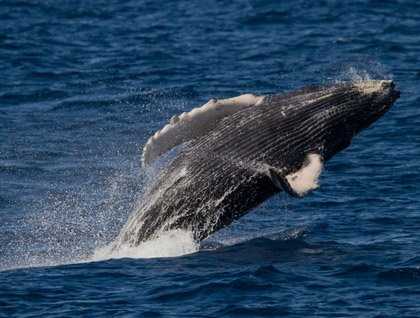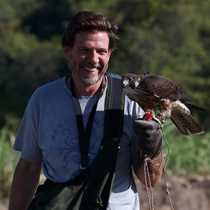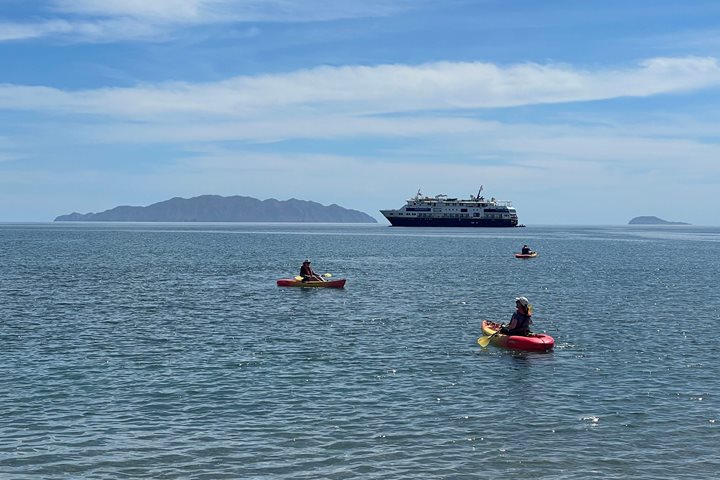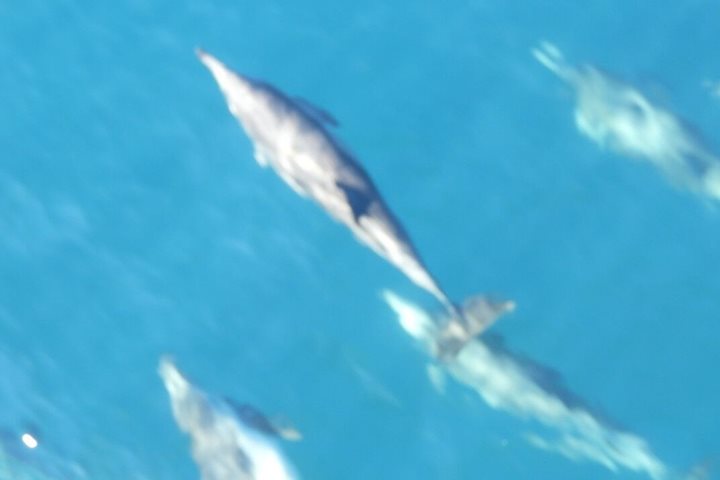The National Geographic Sea Bird sailed south as the sun rose over the horizon. The early morning hours were stunningly beautiful, surrounded by distant clouds and calm seas. The horizon started showing signs of life from early on. These waters near the Cape region of Baja California are the breeding grounds for humpback whales, and the tall blows could be seen from quite a distance.
We had a wonderful morning of whale watching. Competitive groups of males would aggressively break the water’s surface, as each one of the individuals fought to transmit its genes to the following generation. We also saw some mothers with their calves. There was a good amount of acrobatic behavior that ranged from fin slapping, tail lobbing, and breaches. On a few occasions one of the calves breached in a spectacular way quite close to our ship.
We headed towards San Jose del Cabo for the afternoon. We had the choices of visiting an estuary; many species of migratory birds make a stop during their long journey. The town of San Jose del Cabo was our next destination. Just a few blocks away from the estuary, we could get to experience some true Mexican flavor.
Walking through San Jose, we visited the blown-glass factory, and a multitude of art stores. Some of us stopped at the ice cream store to get some traditional paletas, or enjoyed a local open-sky bar to get a refreshment under very pleasant weather.
Leaving San Jose del Cabo behind, we sailed in front of the “Los Cabos” area, which includes San Jose and Cabo San Lucas. We finally made to the famous rock arches, better known as Finisterra, or “Land’s End”. The backlight rock formations were stunningly beautiful with hundreds of magnificent frigatebirds flying in circles above them. The immense Pacific Ocean right behind the arches welcomed us for a pleasant ride northbound to Bahia Magdalena.









